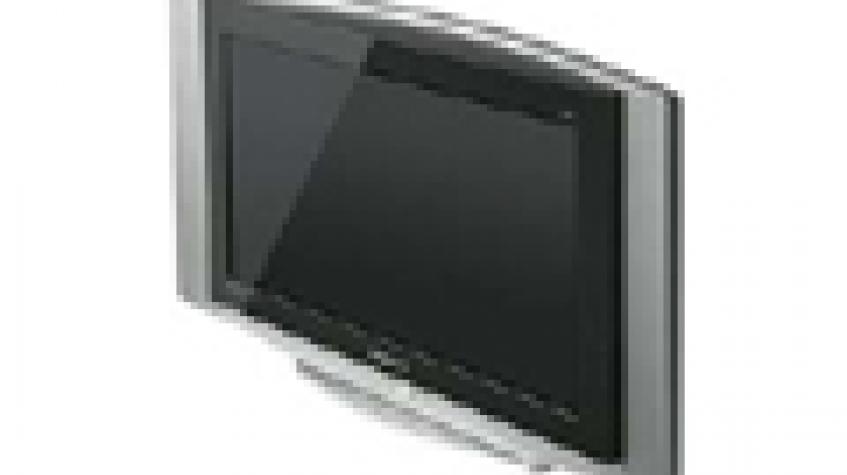

Like many of you, I purchased an HDTV this past year. I opted for an LCD flat panel with a 720p native resolution. Is 720p enough resolution with the introduction of HDDVD and Blu-Ray disc players, and 1080p games not too far off?
Lets see if we can resolve this resolution quandary. One of the most important issues to consider when deciding how much resolution you need is seating distance. Our vision limits how much detail we can see in any image, live or reproduced. In other words, as objects get farther away they look smaller eventually coming to the point that they eye can no longer distinguish small details. The Society of Motion Picture and Television Engineers (SMPTE) recommends that the screen take up 30% of our field of view (FOV) for us to have “optimum viewer enjoyment”. The average NTSC television (the old square kind) took up an average of 11%. The advent of wider screens and higher resolution, allowing us to sit closer to the screen, making the 30% goal possible.
In this chart, we can determine what combination of screen size and seating distance will provide enough detail for your eyes to make the most of any given resolution. If your combination of screen size and viewing distance places you below the line for your displays' resolution, you’re sitting too close, and the picture will look softer the closer you get. If your seating / screen size places you above the line for your resolution, your eyes will receive all the information they can handle at that distance. Ideally your seating distance should be right at the point where your screen size and resolution intersect.

For example, if you have a 50-inch plasma with 720p your ideal seating distance is 10 feet. If you’re sitting closer than that you may begin to see some softness in the picture, or even be able to make out individual pixels in the display. If you’re seating distance is farther away, your eyes are getting all the detail they can make out and you could move closer to the screen and still not  loose any detail. If our plasma screen had a resolution of 1080p you could move up as close as 6-7 feet and not loose any detail. Who wants to sit that close is beyond me though. So, if you are more than 10 feet away from your 50-inch screen, you won’t be able to tell the difference in resolution between 720p and 1080p because your eyes are fully saturated with 720p at that distance.
loose any detail. If our plasma screen had a resolution of 1080p you could move up as close as 6-7 feet and not loose any detail. Who wants to sit that close is beyond me though. So, if you are more than 10 feet away from your 50-inch screen, you won’t be able to tell the difference in resolution between 720p and 1080p because your eyes are fully saturated with 720p at that distance.
Resolution is only one of many factors that contribute to picture quality. In this recent comparison, half of the test group chose a display with lower resolution as the better picture simply because the contrast ratio and brightness were better.
http://hometheatermag.com/gearworks/805gearworks/
So, what does all this mean? For most of us, 720p is plenty of resolution for our viewing distance and screen size requirements. If you sit extremely close to the screen for gaming, or if you have a large front projection screen, then you may benefit from a higher resolution display. With 1080p games just a rumor right now and most of us having screen sizes of 60 inches or less, I don’t think that 1080p resolution displays are really as big of a deal as manufacturers would have us believe.

